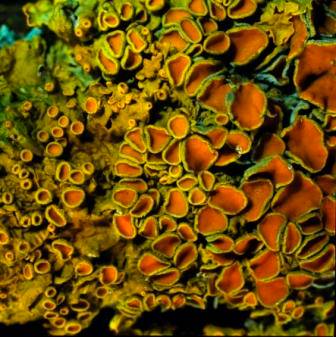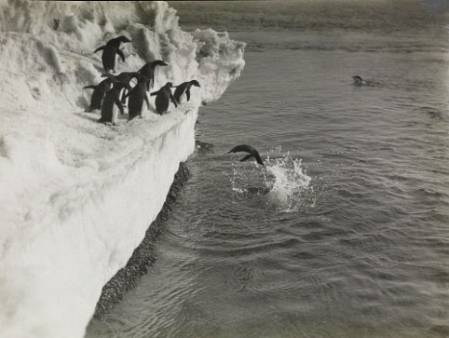London Invasive Species Initiative conference
INVASIVE NON-NATIVE SPECIES IN LONDON
4 May 2011 – Flett Lecture Theatre, Natural History Museum
Programme
9.15 – Arrival and registration/Tea and coffee
10.00 Introduction – Dave Webb (London Biodiversity Partnership chair)
Morning themes– national policy, action and research
10.15 The GB Non-native species strategy –Olaf Booy (GB Non-native species secretariat)
10.45 The Environment Agency’s approach to invasive non-native species – Trevor Renals (EA)
11.15 Plantlife’s invasive species campaign – Sophie Thomas
11.45 Research on biocontrol measures for invasive species – Dick Shaw (CABI)
12.15 – Tackling invasive species through a local action group – the Norfolk example – Mike Sutton-Croft
12.45 – Questions, general discussion
13.00 – Lunch – Bring your own
Afternoon themes – INNS priorities for London and our approach to tackling them
14.00 The London Invasive Species Initiative – Priorities for London – Val Selby/Jo Heisse
14.15 Invasive plants in London, existing and emerging issues – Mark Spencer (NHM)
14.45 Invasive molluscs – impacts and control measures – David Aldridge
15.15 – Coffee break
Case studies of existing work in London:
Invasive species research on the Brent – Chris Cockel
Tackling invasive species on the Wandle and the work of Rivers Trusts – Bella Davies (Wandle Trust)
Engaging local communities and corporate organisations in invasive species work – Thames 21
Tackling invasive non-native species on the Olympics site. – Kim Olliver – London 2012
16: 15 – General discussion and close
16.30 End
Registration required
For further details see http://www.lbp.org.uk/takeactionevents.html




